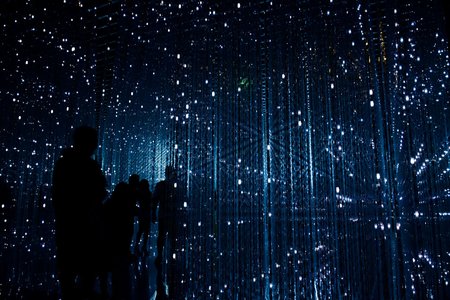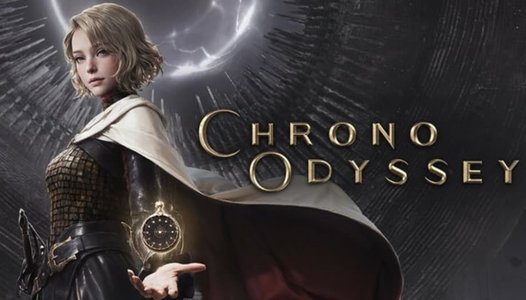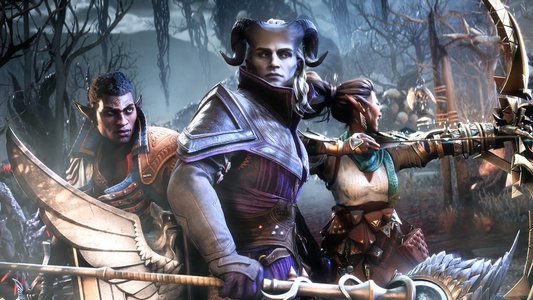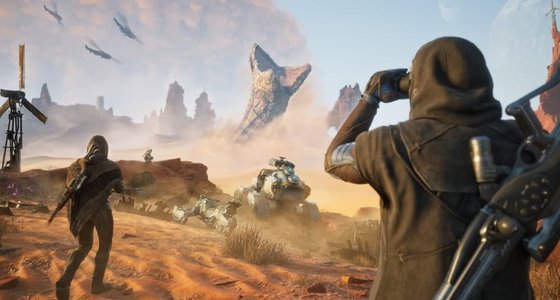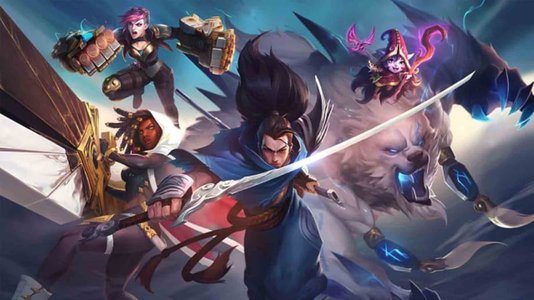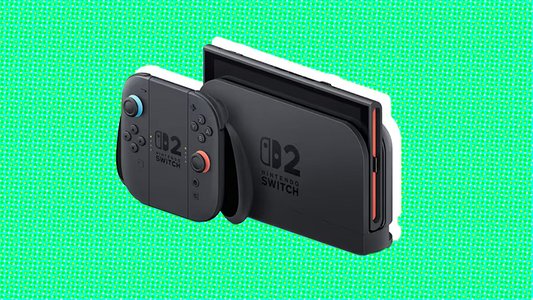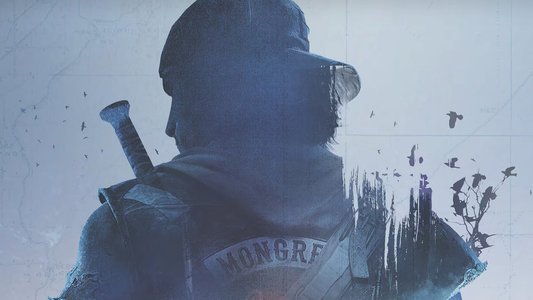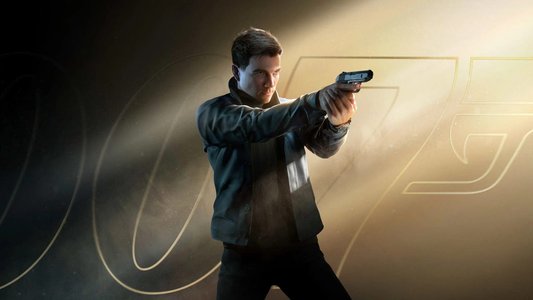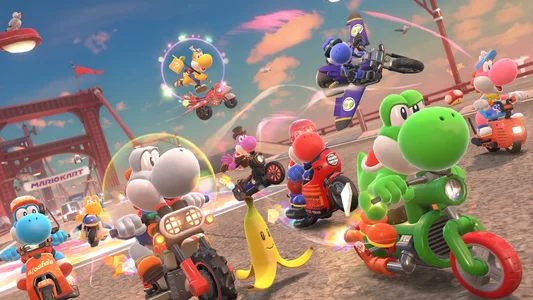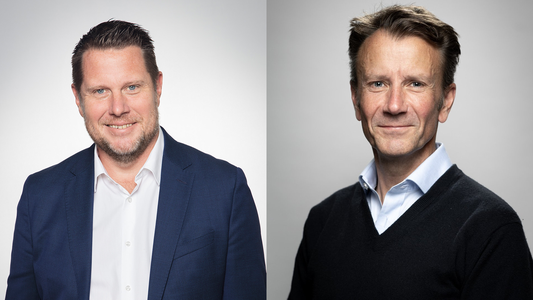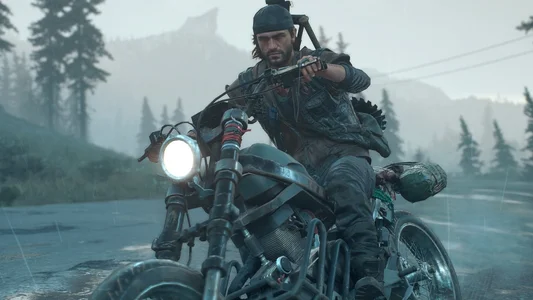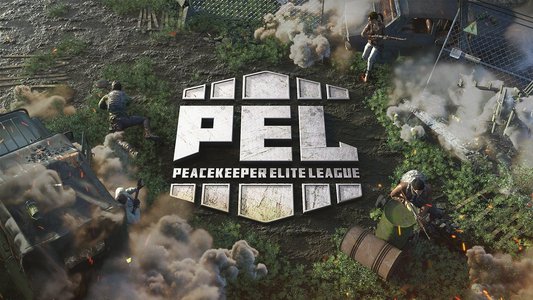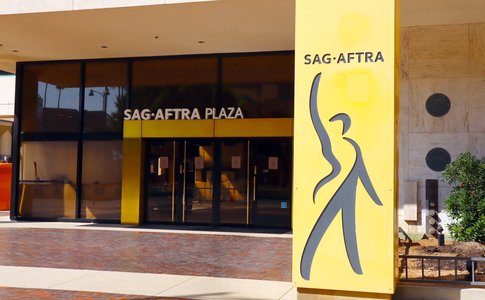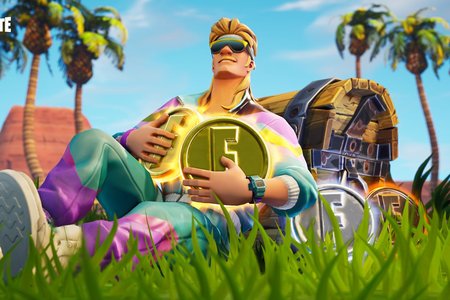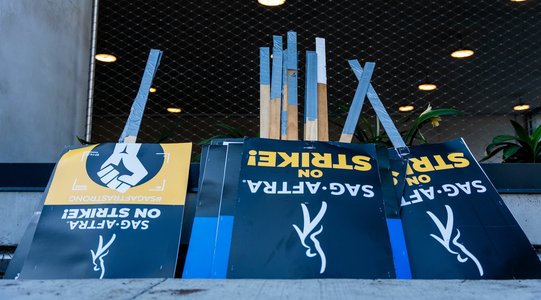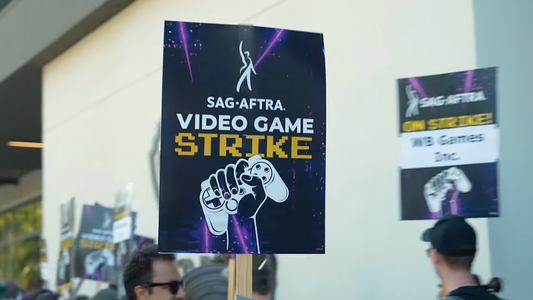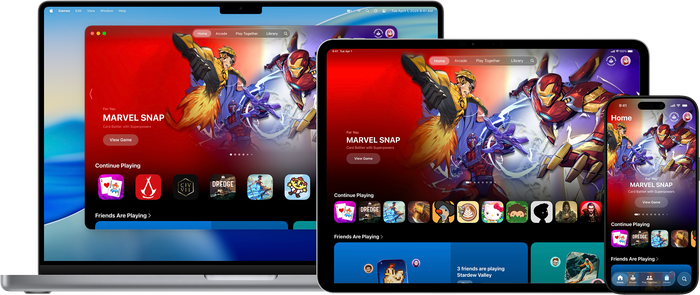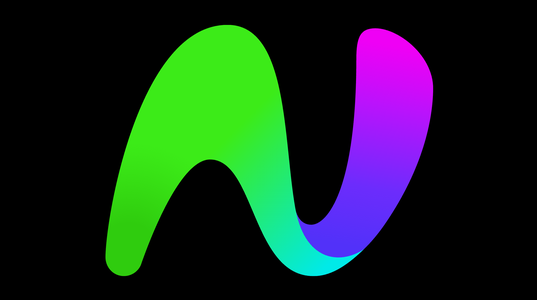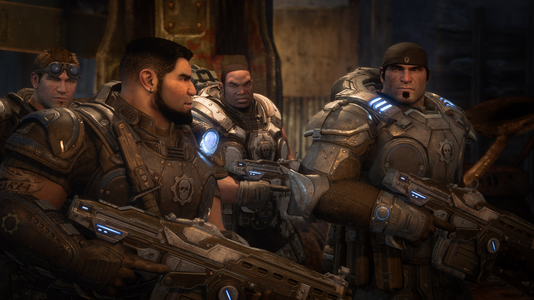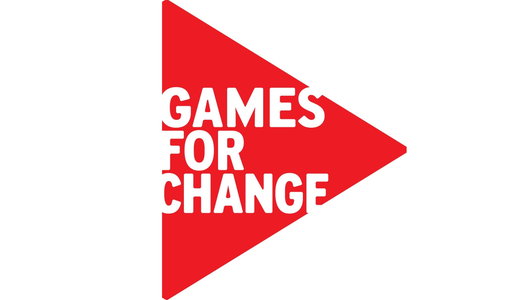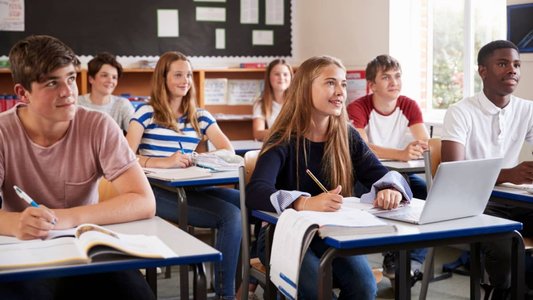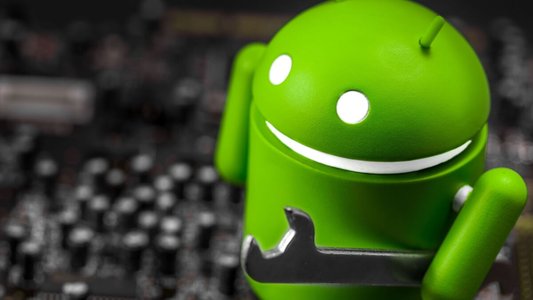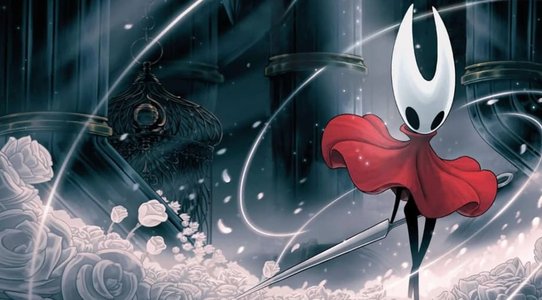The Turing Test is a first person puzzle adventure game based on Jupiter’s moon Europa. It tells the story of a group of astronauts and an artificial intelligence called TOM. I am David Jones, design director and Writer of The Turing Test.
As a product, The Turing Test is about to break £1M in revenue for Bulkhead Interactive. It was brilliantly published and marketed by Square Enix Collective. It has over 200,000 owners on Steam. It has been released on Xbox One, Playstation 4 and Steam. It was developed on the budget of approximately £110,000. The team size was 1 person for 3 months, 6 people for 9 months and 9 people for a further 6 months. The project was 18 months from start to finish. It has a 'Very Positive' rating on Steam and scored an average of 76/100 on Metacritic across all platforms.
For us, this represented a huge success.
At the start of The Turing Test’s development we had 4 core goals:
Business: Survive the business. Keep the budget low
Marketing: Have the main character to serve as the game's icon.
Design: One singular puzzle mechanic explored deeply.
Story: A story with a great twist.
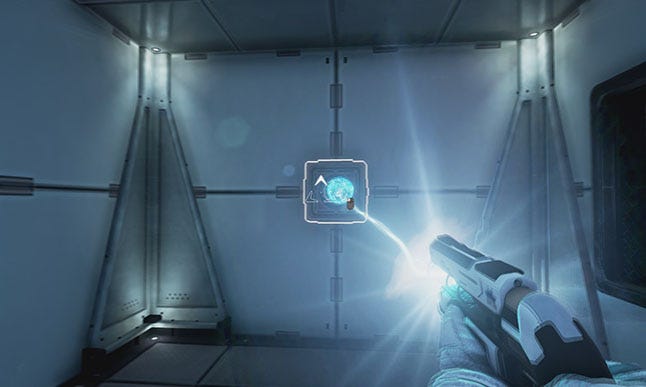
Keeping the budget low
We decided that, to Portal and other indie puzzle games, we would have a modular workflow. This enabled the puzzles to not be constrained by the art. The Turing Test has 77 puzzles. If each room was individually modeled the budget would have skyrocketed.
The downside to a modular workflow is that it creates a homogeneous look. We chose to break up the modular nature of the game with ‘story rooms’ and drastic lighting. Once per chapter, the player is rewarded with detailed interactive art set pieces that help tell the story.
We made several other decisions to keep the game’s budget lean:
It's first person to save money on animation.
It is in space to save money on environment art.
We made us of only 4 voice actors despite there being 8 characters.
Some areas of the space station are made of a clever mix of store bought assets and custom art.
The Turing Test is a game that is primarily a success of the production. Money was only spent where it would increase the quality of the product.
"The Turing Test is a game that is primarily a success of the production. Money was only spent where it would increase the quality of the product."
The game spent a large portion of time being developed by a one-man team to keep the costs low while puzzles and mechanics were produced. After that process, a larger team came on board as the game entered full production. It may sound cynical, but The Turing Test was primarily designed to be a ‘financially successful game’ first and after was designed to be received well by game critics.
The story portions of the game were also designed to be greater than the sum of their parts. The story was written to require only 2 voice actors and 2 supporting voice actors, we also used members of the studio for certain characters. There are only 2 scenes in which the characters deliver dialogue with facial animation. There are only 2 character models, both are female. There is only one exterior area. Outside of cinematics, third person characters only have idle animations. This, however, creates a focused pair of characters which fits the game.
We did, however, invest large amounts of time into producing a very clear and deliberate game. In a puzzle game every color, every shape, and every sound has to be scrutinized. Despite being efficiently made, the game was never ‘cheap’. You see this widely reflected in critic and player reviews. We worked a lot of overtime to make sure the game had lots of content and would be a good purchase for our players. We cut costs where we could by cleverly designing a ‘small production,’ but we created extra optional content and depth for players who wanted to explore deeper into the world we created.

Design
My single piece of advice to any puzzle game designer would be: come up with an interesting mechanic and explore it deeply. Exploring an idea deeply is difficult.
It took, perhaps, one year of work to create all the puzzles in The Turing Test (including implementation). That’s 77 puzzles in about 250 work days. So, about 1 puzzle every 3 days. In reality, more than 77 puzzles were created but many were combined and removed. It is a very arduous process and sometimes weeks may pass with no fruit. I’d also note puzzle design is much easier in 2D than 3D. Most puzzle designers will tell you that it took them a long time to design all the puzzles in their videogame. For the ethos behind The Turing Test’s level design please watch this video:
Matthew VanDevander: DOs and DON'Ts of Honest Puzzle Game Design
All of the puzzles in The Turing Test were ‘blocked out’ in white boxes first. It was then playtested with game design students at a local college before proceeding to full art production. The playtesters would play through the whole series of puzzles. At the end of each puzzle, each playtester was presented with an opportunity to rate the ‘fun’ and ‘difficulty’ of the puzzle. This was recorded, along with their playtime, to analyze difficulty and smooth the difficulty curve. This method was inspired by Croteam’s process on The Talos Principle who did similar data gathering to order their puzzles by difficulty.
No tags.




